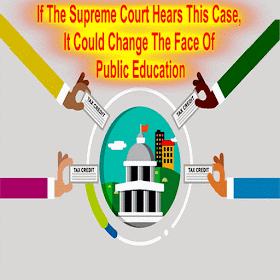The US is militarizing its schools and day cares because its gun violence rates are comparable to failed countries and war zones

- The US ranks within the 20 countries with the highest rates of gun-related deaths per 100,000 citizens, joining El Salvador, which is one of the world's most violent places, and Afghanistan, which the Global Peace Index named 2019's least peaceful country.
- Schools, police, and other institutions are increasingly militarizing their response to mass shootings to counter attackers carrying infantry-style, high-capacity weapons who may wear body armor.
- Active-shooter drills and armed guards in schools have been the response to mass shootings in public places, particularly schools and even day cares.
- Visit Business Insider's homepage for more stories.
Two more horrific mass shootings over the weekend again highlight the gun-related homicides plaguing the US. The problem is so severe, the data suggests, that US gun-violence rates are comparable with those in failed states and war zones.
Data compiled by the University of Washington's Institute for Health Metrics and Evaluation for 2016 shows that the US ranked second in the total number of firearm-related deaths — only Brazil had more. Rounding out the top six were Mexico, Venezuela, Colombia, and Guatemala, all of which have been plagued by drug- and gang-related violence or serious political instability. And the US ranks within the 20 countries with the highest rates of gun-related deaths, with 10.6 deaths per 100,000 citizens, joining El Salvador, which is one of the world's most violent places, and Afghanistan, which the Global Peace Index named 2019's least peaceful country.
While the US isn't engaged in active conflict on its own soil, the type of gun violence that causes so much angst and gets so much attention in the US — mass shootings in public places — resembles violent conflict in war zones and failed states, as does the response to it. CONTINUE READING: US militarizes schools, day cares as gun violence spikes to war levels - Business Insider

























